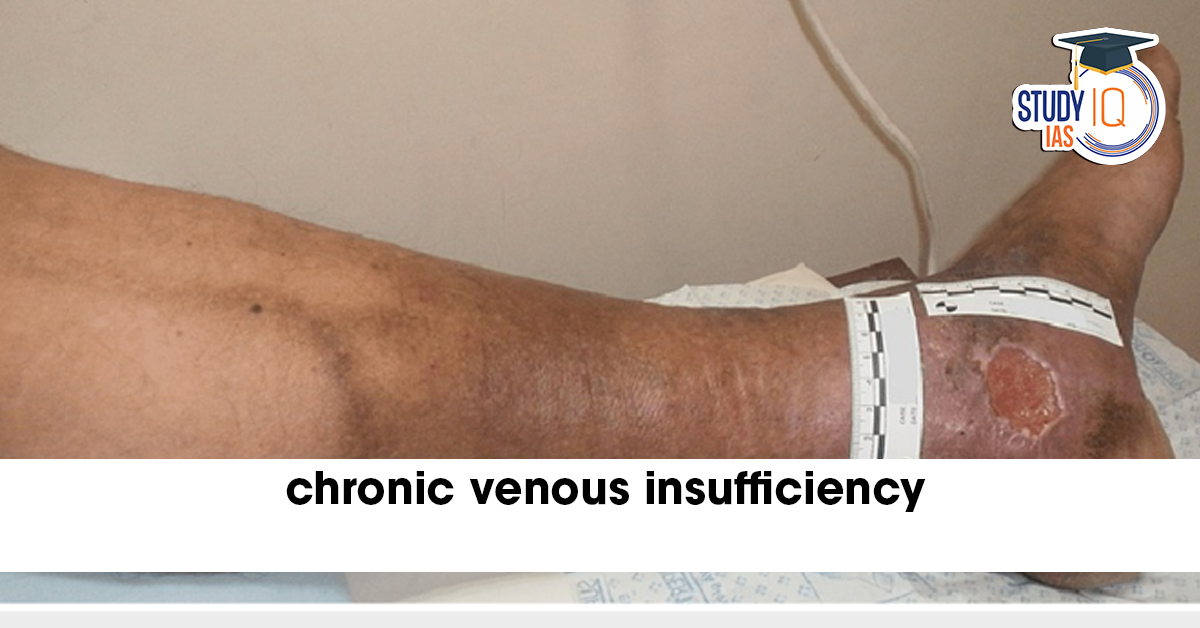Table of Contents
Context: U.S. President Donald Trump was recently diagnosed with Chronic Venous Insufficiency (CVI), a medical condition that affects blood flow in the veins.
What is Chronic Venous Insufficiency (CVI)?
- Chronic Venous Insufficiency (CVI) occurs when the veins in the legs fail to return blood efficiently to the heart.
- Normally, valves in the veins ensure one-way blood flow toward the heart.
- In CVI, faulty or weakened valves allow blood to flow backwards and pool in the legs.
- Though not typically life-threatening, CVI can cause pain, swelling, leg cramps, skin discolouration, varicose veins, and leg ulcers.
Symptoms of Chronic Venous Insufficiency (CVI)

Who is at Risk?
- Individuals are more likely to develop CVI if they are:
- Overweight
- Pregnant
- Have a family history of venous issues
- The risk also increases in people who have:
- Suffered leg injuries
- Undergone leg surgeries
- Experienced blood clots
- CVI is common in older adults, affecting approximately 1 in 20 adults.
Treatment Options for CVI
- Lifestyle changes are the first line of treatment:
- Regular physical activity
- Elevating the legs
- Weight control
- Medical therapies include:
- Medications that improve blood flow
- Compression therapy, using tight stockings or bandages to support veins
- In severe cases, surgical procedures may be considered.


 Advanced Air Defence Radars: Types, Comp...
Advanced Air Defence Radars: Types, Comp...
 Ion Chromatography, Working and Applicat...
Ion Chromatography, Working and Applicat...
 Broadly Neutralising Antibodies (bNAbs):...
Broadly Neutralising Antibodies (bNAbs):...

























